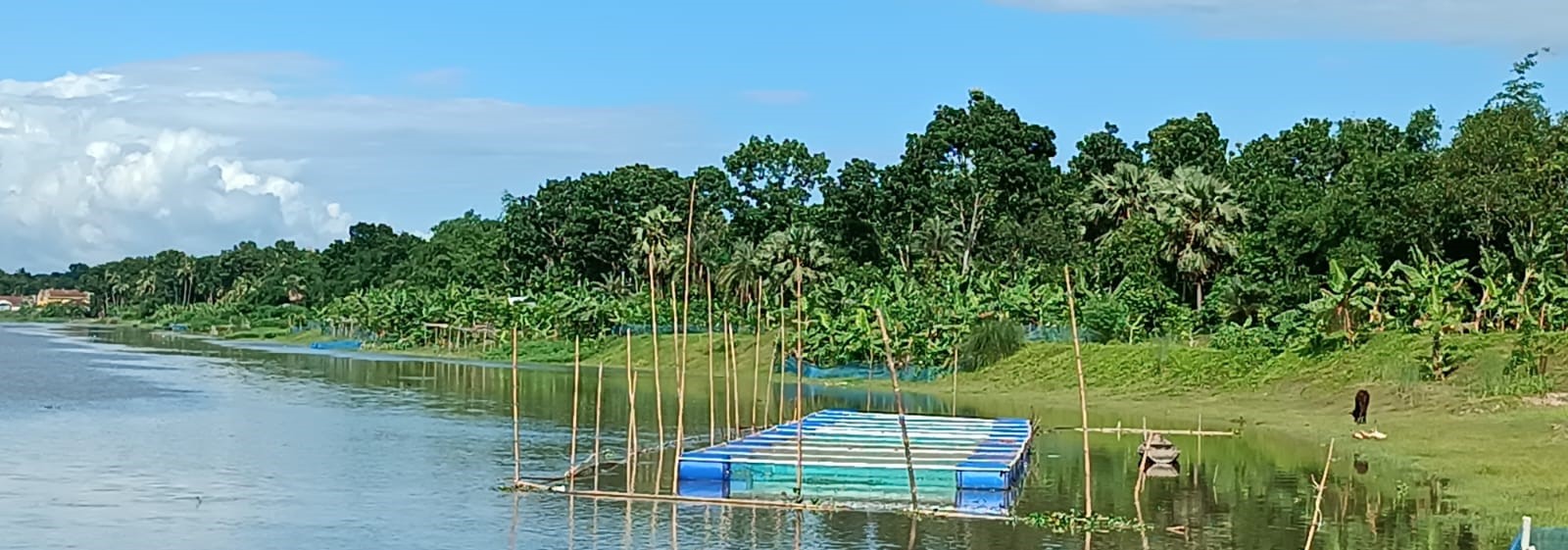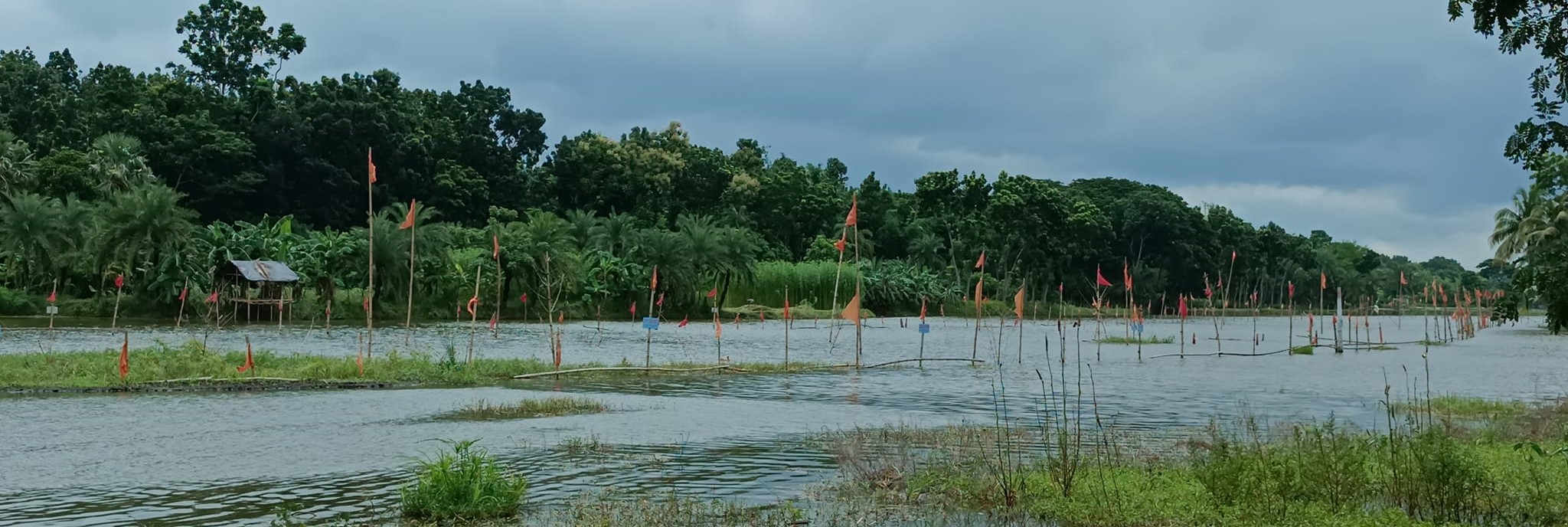- About Us
-
Our Services
Training and Opinion
Inspection
-
Higher Offices
Ministry / Department
- e-Services
-
Gallery
----
----
- Contact
-
Fish Hatchery
Registered Private Fish Hatchery
The first subdivision in India was established in Jessore in 1786. Jessore Sadar Upazila was officially formed on February 1, 1984. Even before the creation of the upazila administration, the Upazila Fisheries Office had begun its activities in this area.
Due to the relatively higher elevation of Jessore Sadar Upazila compared to other parts of the district, it is generally free from floods or other natural disasters. However, excessive rainfall has occasionally caused losses to fish farmers.
The Department of Fisheries plays a key role in conserving, increasing production, and developing the fisheries resources of Bangladesh. According to BBS 2024, the fisheries sub-sector contributes 2.53% to the national GDP and 22.26% to the total agricultural income. The fisheries sector also contributes significantly to the country's export earnings. Fish provides approximately 60% of the animal protein in our daily diet. Bangladesh ranks 3rd globally in inland water capture and 5th in total aquaculture production.
The Upazila Fisheries Office provides advisory services on improved fish and shrimp farming techniques, distributes books, brochures, and training materials, and prepares annual reports. It also assists in obtaining hatchery registrations and licenses for fish feed sellers. In this highly potential upazila, the office has been working successfully.
Currently, the office has the following staffing:
-
1 Senior Upazila Fisheries Officer
-
1 Office Assistant-cum-Computer Operator
-
1 Office Support Staff
One of the key responsibilities of the office is to provide field-level advice and support to fish farmers. In the upazila, there is 1 government hatchery and 33 private hatcheries. These hatcheries produce fingerlings of species such as major carps, Thai pangas, Thai koi, tilapia, shing, magur, and tengra. These hatcheries supply 70% of the national demand for fingerlings.
Overview of Fisheries Resources in Jessore Sadar Upazila:
| SL No. | Waterbody Description | Number | Area (ha) | Production (Metric Tons) |
|---|---|---|---|---|
| 1 | Ponds and Dighis | 8,557 | 3,173 | 31,066 |
| 2 | Paddy Field Aquaculture | 240 | 1,158 | 988 |
| 3 | Rivers and Canals | 3 | 650 | 95.34 |
| 4 | Beels | 14 | 171.7 | 124.52 |
| 5 | Floodplains | 9 | 98.63 | 278.37 |
| 6 | Subsistence | - | 9,300 | 8,623.92 |
| 7 | Baropit | - | - | - |
| 8 | Baor (Oxbow Lakes) | 7 | 256 | 702 |
| 9 | Shrimp Ghers |
|
|
|
|
|
– Golda (Macrobrachium) | 40 | 20 | 10.4 |
|
|
– Bagda (Penaeus) | - | - | - |
|
|
– Others | - | - | 33 |
| 10 | Pen Culture | 6 | 34 | 154 |
| 11 | Cage Culture | - | - | 3.21 |
Fish Demand and Production in the Upazila:
| SL No. | Description | Quantity (Metric Tons) |
|---|---|---|
| 12 | Total Production | 42,078.76 |
| 13 | Local Demand | 17,625 |
| 14 | Surplus | 24,453.76 |
|
|
Shrimp | 10.4 |
| 15 | Kuchia (Eel) Production | 7.2 |
| 16 | Dried Fish Production | 0 |
Other Relevant Information:
| SL No. | Description | Number |
|---|---|---|
| 1 | Fisherfolk | 1,721 |
| 2 | Fish Farmers | 7,100 |
| 3 | Fry Traders | 760 |
| 4 | Fish Landing Centers | 0 |
| 5 | Fish Wholesale Markets (Arat) | 65 |
| 6 | Weekly Markets | 45 |
| 7 | Ice Plants | 2 |
| 8 | Marine Fish Landing Centers | 0 |
| 9 | Depots | 0 |
Hatchery-wise Spawn (Renu) Production:
| SL No. | Hatchery Type | No. of Hatcheries | Spawn Production (kg) | Remarks |
|---|---|---|---|---|
|
|
Government | 1 | 105 |
|
|
|
Private | 33 | 63,430 |
|
|
|
Total | 34 | 63,535 |
|
Fingerling Production:
| SL No. | Farm/Nursery Type | Number | Fingerling Production (Lakh pcs) | Remarks |
|---|---|---|---|---|
|
|
Government Farm | 1 | 0.66 |
|
|
|
Private Nursery | 375 | 7,859 |
|
|
|
Total | 376 | 7,859.66 |
|
Planning and Implementation: Cabinet Division, A2I, BCC, DoICT and BASIS













